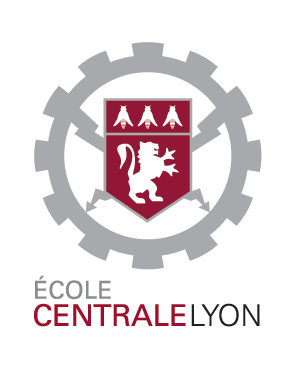Job description
Coordinated by the chair at Ecole Centrale de Lyon the applicant will work also in close cooperation with Safran Aircraft Engines, involving regular exchanges. Mutual placements with the partner institutes are foreseen during method development.
Présentation de la ou les thématiques :
The shift toward climate-neutral aviation poses critical challenges for turbomachines, particularly in optimizing flexible rotor blades under high (unsteady) aerodynamic loads. These blades undergo static and dynamic deformations when exposed to complex fluid-dynamic forces, leading to aeroelastic interactions that can cause component failure. Current approaches rely on generous safety margins associated which lead to increased weight and fuel consumption.
Intentional aeroelastic design offers promising solutions, but its progress is hindered by a lack of fast and accurate aeroelastic prediction methods, along with gaps in understanding fluid-structure interactions in turbomachinery systems.
The CONDOR chair, a collaboration between Safran Aircraft Engines and École Centrale de Lyon, focuses on aeroelastic instabilities in modern Ultra-High-Bypass-Ratio fan and compressor architectures for civil aircraft. As part of this research, the composite fan stage ECL5 has been developed and tested, revealing significant aeroelastic interactions at high aerodynamic loads. However, simulating these conditions remains highly challenging and requires advanced numerical methods.
The goal of this postdoctoral research is to develop a coupled LES-Fluid-Structure Interaction framework for the ECL5 fan stage under part-speed conditions. Building on the feasibility of recent LES simulations, this project will integrate structural-dynamic coupling to achieve a fully coupled aeroelastic simulation.
Research Plan and Tasks:
• Mode mapping framework: Establish a method for mapping structural modes, obtained from both experiments and FEM calculations, onto the surface mesh used by the fluid solver (AVBP).
• Deformation coupling: Implement and couple the deformation of the surface mesh to the volume nodes within AVBP, ensuring accurate transmission of structural deformation into the fluid domain.
• LES validation: perform simulations of the flow over the ECL5 fan stage at part-speed conditions, and validate the framework by comparing against available experimental data and existing URANS results.
This work will be conducted in close collaboration with Cerfacs, Safran Aircraft Engines, and École Centrale de Lyon, with frequent exchanges between the institutions. The successful candidate will be integrated into the Turbomachinery group within the Laboratoire de Mécanique des Fluides et Acoustique (LMFA) at École Centrale de Lyon.
Candidate profile:
• PhD in fluid mechanics or related field
• Proficiency in English and/or French
• Solid background in numerical methods and computational fluid dynamics
• Excellent communication and teamwork skills
• Experience with structural mechanics and turbomachinery aerodynamics are a plus
Job requirements
Diplômes : engineering : PhD
Expérience :
All work must be conducted in coordination with the research group, requiring excellent communication and teamwork. It is expected that the applicant has a solid background in numerical methods, fluid dynamics and structural mechanics as well as fundamentals in turbomachinery aerodynamics.
Applicants must be in a position to complete a PhD degree (before the beginning of the post-doc position) or have completed (< 4 years) a PhD.
Excellent English is required.
or
All done!
Your application has been successfully submitted!
